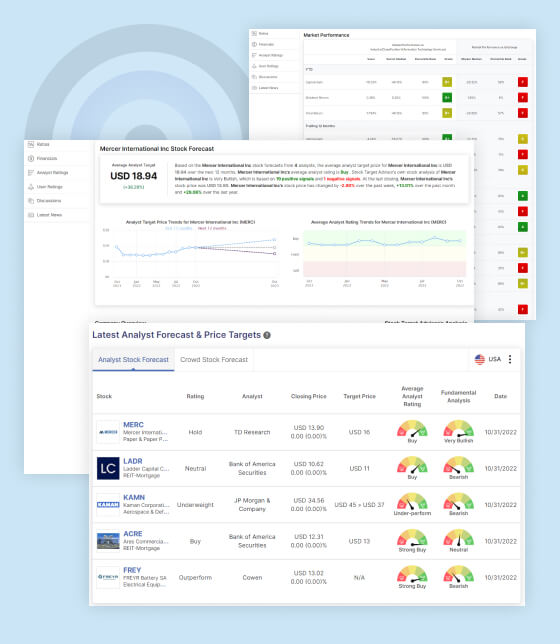Oil & Energy Stock Forecast
Investors holding oil and energy stocks may want to reconsider their positions as the outlook for oil prices in 2025 suggests significant downside risks. A major catalyst for this potential decline is former President Donald Trump’s pledge to boost oil production and drive down prices if he is elected. While this initiative aims to cool consumer prices and curb inflation, it could have far-reaching consequences for the energy sector and its profitability.
Trump’s Energy Strategy: Lowering Oil Prices
Trump has been vocal about his commitment to achieving energy independence and reducing the burden of high fuel prices on American consumers. His policy proposals include increasing domestic oil production, streamlining regulations, and potentially releasing strategic reserves. These measures are designed to flood the market with supply, putting downward pressure on oil prices.
Such a strategy could be particularly impactful given the delicate balance in global oil markets, where OPEC+ production cuts and geopolitical uncertainties have recently kept prices elevated. A significant increase in U.S. output would counteract these supply limitations, potentially pushing prices below key support levels.
Market Implications for Energy Stocks
Energy stocks have enjoyed a period of strong performance, buoyed by robust oil prices and record profits for major oil companies. However, a substantial drop in oil prices could erode margins across the industry. Companies with high production costs or significant debt loads may find themselves particularly vulnerable.
Additionally, lower oil prices often lead to reduced capital expenditures and exploration activities, further weighing on the sector’s growth potential. Investors might see stock valuations compress as earnings projections are revised downward.
Current Valuations: Time to Lock in Gains?
For many energy stocks, current valuations reflect strong earnings growth and favorable commodity pricing. However, these factors could shift rapidly in a lower oil price environment. Selling now could allow investors to lock in gains before potential headwinds materialize.
Dividend-focused investors should also consider the impact of falling oil prices on payout sustainability. Many energy companies rely on high oil prices to support generous dividends, and a prolonged price slump could force dividend cuts.
Broader Economic and Geopolitical Risks
It’s not just Trump’s potential policies that could weigh on oil prices. The global economy faces slowing growth, with key oil-consuming nations like China struggling to regain momentum. A weaker demand outlook, coupled with increased U.S. supply, could create the perfect storm for oil prices to decline substantially.
Geopolitical risks, while traditionally a bullish factor for oil prices, may also evolve. If tensions ease in regions like the Middle East or Russia-Ukraine, the risk premium embedded in oil prices could diminish, adding further downward pressure.
Stocks Most Likely to Be Affected
The energy stocks most likely to be affected by a substantial decline in oil prices due to increased production and lower demand are those heavily reliant on high oil prices to sustain their profitability. These include exploration and production companies, oilfield services firms, and some integrated energy giants.
Here’s a breakdown of the most vulnerable categories and examples:

STA Research (StockTargetAdvisor.com) is a independent Investment Research company that specializes in stock forecasting and analysis with integrated AI, based on our platform stocktargetadvisor.com, EST 2007.









































